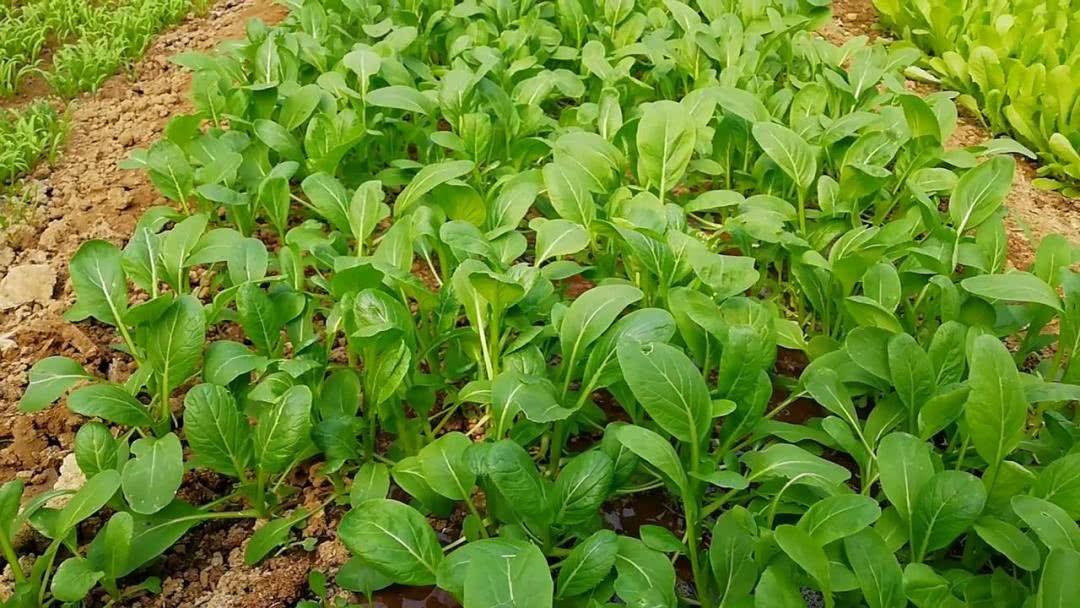Grasp the four stages of orchid fertilization after rotten roots, yellow leaves are not afraid

A Collection of Family Flowers
Teacher Xiaoye teaches you all kinds of knowledge of growing flowers!
Many flower friends do not know how to fertilize orchids. In fact, the best fertilization period for orchids is in spring and autumn, so we should fertilize orchids according to the law of orchid growth. Today, Mr. Ye will tell you that the orchids will grow stronger and stronger and bloom more and more brightly.
1. When nitrogen fertilizer is added in the budding stage, the new buds will grow.
When the temperature rises slowly in spring, the orchid gradually wakes up, and after the awakening period is the budding period of the orchid. at this time, we should add some "budding fertilizer" to the orchid, preferably nitrogen fertilizer, and you can add some bone powder or rotten cake water fertilizer to the nutritious soil. In this way, the new buds of orchids will grow stronger and stronger!
two。 Supplemented with nitrogen, phosphorus and potassium during the development period, the new buds grow green and strong.
When the new buds of orchids grow, this period is still dominated by nitrogen fertilizer, but it is best to properly match some phosphorus and potassium fertilizer. Phosphate fertilizer promotes the root development of orchids, and potash promotes orchid stems to be stronger. We can use legumes, bones, and plant ash to make mature raw materials, and we can match some N, P, K rotten fertilizers to orchids every 10 days. In this way, the new buds of orchids not only grow fast and strong, but also glow green! Be careful not to splash the fat on the new buds when fattening! )
3. Add a little phosphorus during the period of flower bud differentiation, and the bud will be red and beautiful.
When the new leaves are no longer growing, the orchid is close to the differentiation period of the flower bud, so we should add some phosphate fertilizer to the flower, which is helpful to the growth and differentiation of the bud. Some fertilizers can be made from bone meal and chicken-duck wool retting. In this way, the orchid will be big, fragrant and bright when it blossoms!
4. Add phosphorus and potassium fertilizer at the end of flowering, replenish nutrition and continue to grow in the coming year!
Orchids consume a lot of nutrients in the soil when they bloom, and the soil nutrients become barren after flowering, and orchids also consume some nutrients during winter dormancy, so in order not to affect the growth of orchids in the second year, we should apply more phosphorus and potassium fertilizer to the orchids, so that the orchids can recover faster and blossom in the coming year!
Fertilize the orchid, grasp these four periods, and add some microbial agents to it according to its taste. Flower friends who have raised orchids have been feedback that the effect is very good. The microflora can strengthen the root system of the orchid and form a protective film in the root to prevent root rot and root burning. if the root system is strong, the ability to prevent diseases and insect pests will be strong!
End
That's what teacher Xiaoye explained today.
Have you learned all this knowledge?
If you still have an exclusive secret, you can leave a message to tell Mr. Xiaoye!
Don't forget to share it with your friends and family.
I wish your life more and more beautiful!
END
For the rest of my life, there will always be flower friends on the way to growing flowers!
- Prev

Flower cuttings are particular about these kinds of flowers in autumn. Did you choose the right one?
Family Flower cultivation teacher Xiaoye teaches you all kinds of flower cultivation knowledge! With the drop in temperature and cool weather in autumn, it is a good time for all kinds of flower cuttings. As long as the branches are selected properly and inserted casually, one basin can become more than one basin. But not all flowers.
- Next

Grow these vegetables in September and you can't finish them in winter.
Private balcony vegetable garden teacher Xiaoye teaches you how to grow vegetables in autumn. Now this weather will feel very comfortable for northerners. This season is not only suitable for people to live, but also very suitable for vegetables to grow. Today.
Related
- Wuhan Hospital Iron Tree Blooming Result Was Instantly Frightened by the Gardener Master
- Which variety of camellia is the most fragrant and best? Which one do you like best?
- What is the small blue coat, the breeding methods and matters needing attention of the succulent plant
- Dormancy time and maintenance management of succulent plants during dormancy
- Minas succulent how to raise, Minas succulent plant pictures
- What are the varieties of winter succulent plants
- How to raise succulent plants in twelve rolls? let's take a look at some experience of breeding twelve rolls.
- Attention should be paid to water control for succulent plants during dormant period (winter and summer)
- Watering experience of twelve rolls of succulent plants
- Techniques for fertilizing succulent plants. An article will let you know how to fertilize succulent plants.

